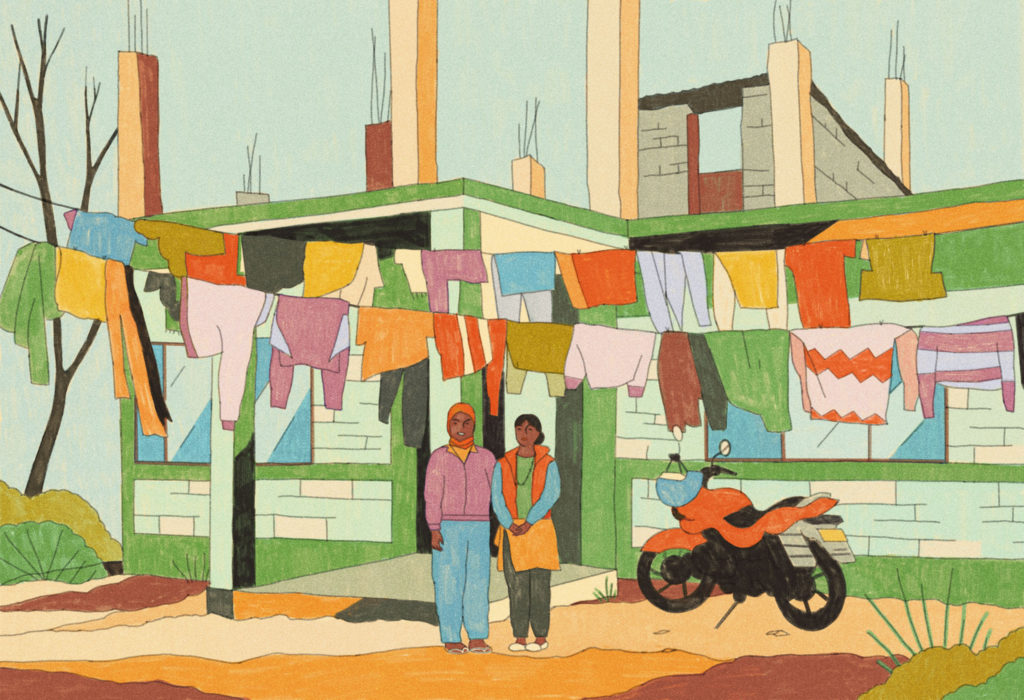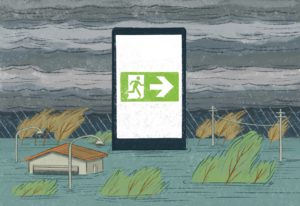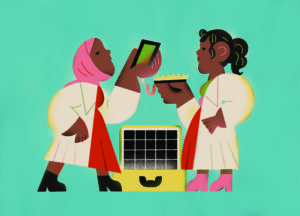
Andrea Mongia
Description
Build up Nepal is revolutionising house building with a low-carbon and cost-effective alternative to traditional, coal-fired bricks. Nepal is one of the world’s most disaster-prone countries, yet millions still lack safe housing. The social enterprise trains entrepreneurs to produce climate-friendly Compressed Stabilised Earth Bricks (CSEB), or eco-bricks, and build affordable, disaster-resilient homes. Their model uplifts marginalised communities through entrepreneurship, and paves the way for a sustainable construction industry.
Context
Over the past decade, floods and earthquakes have destroyed more than a million homes across Nepal, including 79,000 last year. Families are in urgent need of safe housing, but many cannot afford it. 28% of the population lives in poverty, while 35% of youth are not in employment, education or training, forcing many to migrate in search of work. Reconstruction costs are huge, and the cost to the environment is too- fired bricks are commonly used, which emit 37% of Nepal’s CO2 emissions from combustion, as well as hazardous air pollution.
Building affordable, disaster-resilient homes and helping Nepal transition away from carbon-intensive construction, are vital. Build up Nepal provides low-cost technology that enables poor families to access safe housing, while protecting the environment from harmful emissions.
Technical details & Operations
Founded by Björn Soderberg and Bina Shrestha after Nepal’s devastating 2015 earthquake, Build up Nepal trains local entrepreneurs to produce eco-bricks and build affordable, disaster-resilient homes in their communities. The entrepreneurs invest in a low-cost brick-making machine, recruit local workers and source raw materials. Build up Nepal provides training and long-term support to help each micro-enterprise succeed.
The eco-bricks are made with local materials, including sand, stone dust, fibres and minimal cement, and are compressed in an off-grid machine, with no firing or electricity required. Build up Nepal aims to reach 0% cement content and develop carbon-neutral bricks in the near future.
Compared to fired bricks, their eco-bricks are:
- Greener- 75% less CO2 emissions, 90% less air pollution
- Cheaper- 25% less for a two-bedroom house
- Safer- Interlocking bricks, rebar and concrete are disaster-resilient
The result is financially sustainable micro-enterprises that build homes and create jobs year after year. This increases the resilience of rural communities, who gain access to safe housing and economic opportunities.
Deployment & Impact
To date, over 43,000 people have benefitted from new homes. 2,200 jobs have been created by more than 300 female and male entrepreneurs, predominantly in disadvantaged communities. More than half the micro-enterprises are owned by groups from ethnic minorities and marginalised castes, who are able to uplift their socioeconomic status through entrepreneurship. Man Kumar Chemjong, a Build up Nepal entrepreneur, explains how, “Interlocking Compressed Stabilised Earth Bricks (CSEB) are strong, and for just a small investment we can build homes. Constructing a house with this technology is cheaper and earthquake resistant. It is also eco-friendly, because unlike traditional red bricks, we don’t need to fire them, which causes air pollution.”
Each house constructed with eco-bricks, instead of coal-fired bricks, reduces CO2 emissions by 9.5 tonnes. Total savings have reached over 100,000 tonnes of CO2e. That is equivalent to over 35,000 round-trip flights between London and Kathmandu!
In November 2023, a 6.4 magnitude earthquake struck western Nepal, claiming 150 lives and destroying over 79,000 homes—largely due to unsafe construction methods. However, all the homes built using Build up Nepal’s technology near the epicentre were undamaged, and saved lives. One earthquake survivor, Samana Khadka, described how, “Lots of houses were damaged and many people lost their lives, but our house did not even have a single crack.”
Thousands of families are set to apply for government grants to rebuild their homes, and will be incentivised to use green technologies like Build Up Nepal’s, which costs less than traditional construction methods. By 2030 Build up Nepal aims to build 100,000 houses, and save around one million tonnes of CO2e. They also plan to scale, initially within South Asia, focusing on disaster-prone countries and those seeking to phase out fired bricks.





